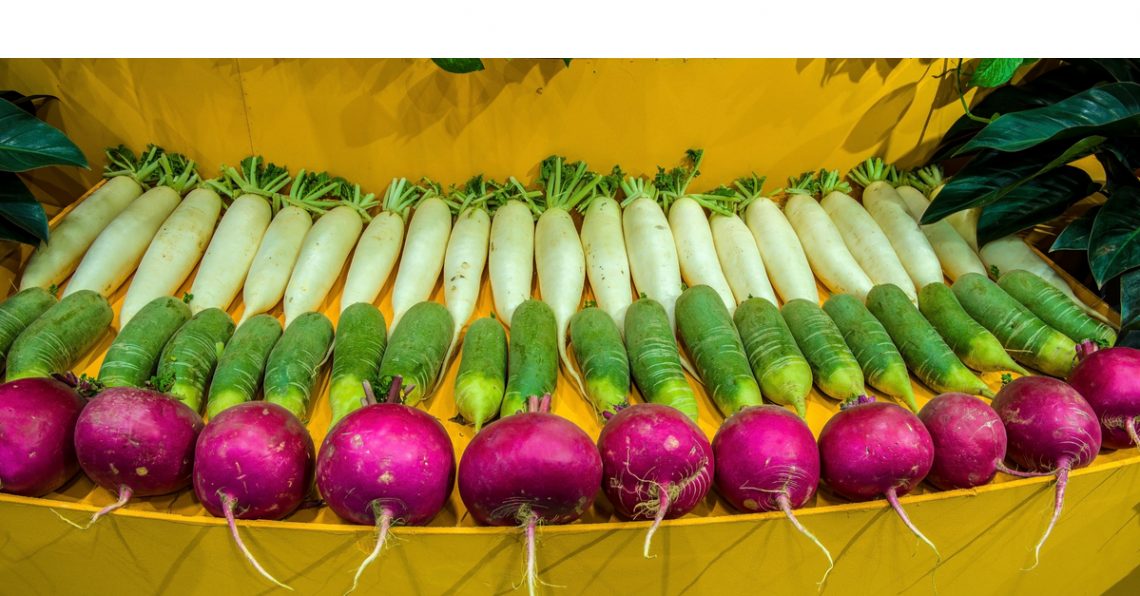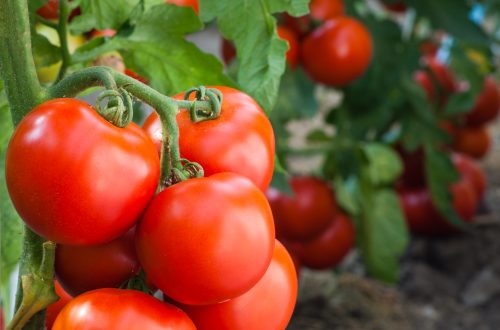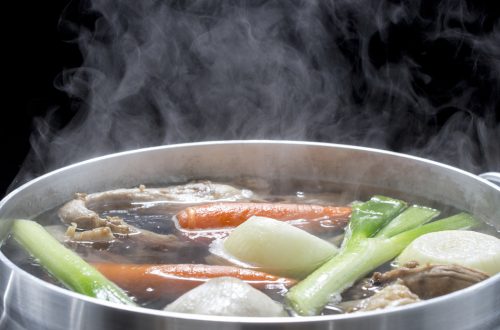
Rooting for Radishes
The Farmer’s Almanac says it’s OK to start planting hardy vegetables in the garden. One of those is the Raphanus sativus – the good old radish. These little devils are ready to harvest about three to five weeks after planting. The bad news is that most folks don’t have a use for them beyond noshing them and slicing for salads. That’s not a bad thing. I have a good friend who favors dipping a fresh crispy radish into butter and salt before biting into them.
These relatives of turnips and horseradish have been used for food since prehistoric times. The Oxford Companion to Food says the origination of radishes is obscure but was probably in western Asia. Its ancestor was likely a type of charlock or wild mustard. The Greek historian Herodotus claimed that the Great Pyramid of Egypt had an inscription recording the vast amount of radishes, onions, and garlic consumed by the laborers who humped those huge blocks of stone.
Radishes are found in cuisines around the world. Eastern Europe has its black radishes. In Japan, daikon radishes, some up to 18 inches long, are almost a different variety from those in American gardens. Korean white radishes are a key component of many kimchi recipes.
Before you finish your gardening, you might want to think about planting some additional varieties of these useful plants. You can grow daikon, Korean, or black radishes from seeds to fill out that garden patch – and they might be the first thing you harvest. Even before the month is over, you can use the smaller plants you thinned in salads – leaves and all.
Japanese daikon radishes can be made into daikon pickles, a daikon soup, or braised with a pork miso. In addition to kimchi, Korean radishes can be made into a white radish and beet soup. Southeast Asian approaches with these Asian radishes include a rice and glass-noodle soup as well as a beef and white radish soup. In India, those radishes can be found in dry radish curry or in Gundruk, a spicy fermented vegetable dish which is actually Nepal’s version of kimchi. As for Eastern Europe, here’s a Lithuanian recipe for fish with quick-pickled radishes.
Back in more familiar Western cuisine territory, radishes are a part of salads around the Mediterranean. Here’s a beet and watermelon radish salad and an Arab salad featuring radishes. Even U.S. recipes are found to include radishes. There’s the spicy radish salsa for tacos, for example. But how about a spring vegetable stew or pickled carrots and radishes with Indian spices?
Getting to the root of it: We tend not to be motivated to be creative when it comes to these red orbs that we harvest in early summer. Maybe it’s time for a change. I think I’ll try some of these ideas.
To comment, please click on “Read in Browser” or on the headline to view the blog on the website. You can log in and comment at the end of the blog to share your thoughts and start a discussion.
If you’d like to share the blog, click on the Facebook icon or one of the others. Thanks!




